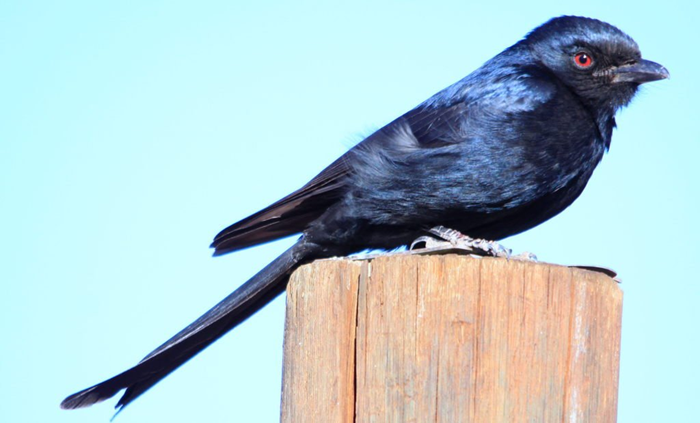American scientists from the University of Illinois have found that some songbirds can understand the cries of other animals during their migration.
This helps them during long flights. The study was published on the Live Science portal.
The team focused on the fork-tailed dorongo (Dicrurus adsimilis), a species of passerine bird that lives in Africa. These creatures are known for their cunning and ability to imitate the signals of different species of fauna in order to steal their food.
As observations showed, the dorongo initially used their own alarm calls to scare the meerkats and make them drop their prey. However, when the meerkats stopped responding to the dorongo’s cries, they began to imitate the signals of other species, including the meerkats themselves.
The birds initially use their own alarm calls to scare the meerkats and make them drop their prey. However, when meerkats stop responding to the drongos’ familiar calls, the birds begin to imitate the alarm calls of other species, including meerkats themselves.
“They know to imitate the species they are following. This shows that animals are capable of unlimited learning,” the researchers noted.
Despite the drongos’ impressive abilities, it remains unclear whether they are deliberately deceiving other animals or simply using learned sounds to obtain food.
Juvenile drongos, like children, initially repeat sounds without understanding their meaning, but over time they learn to use them to their advantage. This raises questions about how animals perceive and interpret the calls of other species.
It was previously reported that baleen whales use frequencies that are inaccessible to killer whales to communicate safely near predators.


